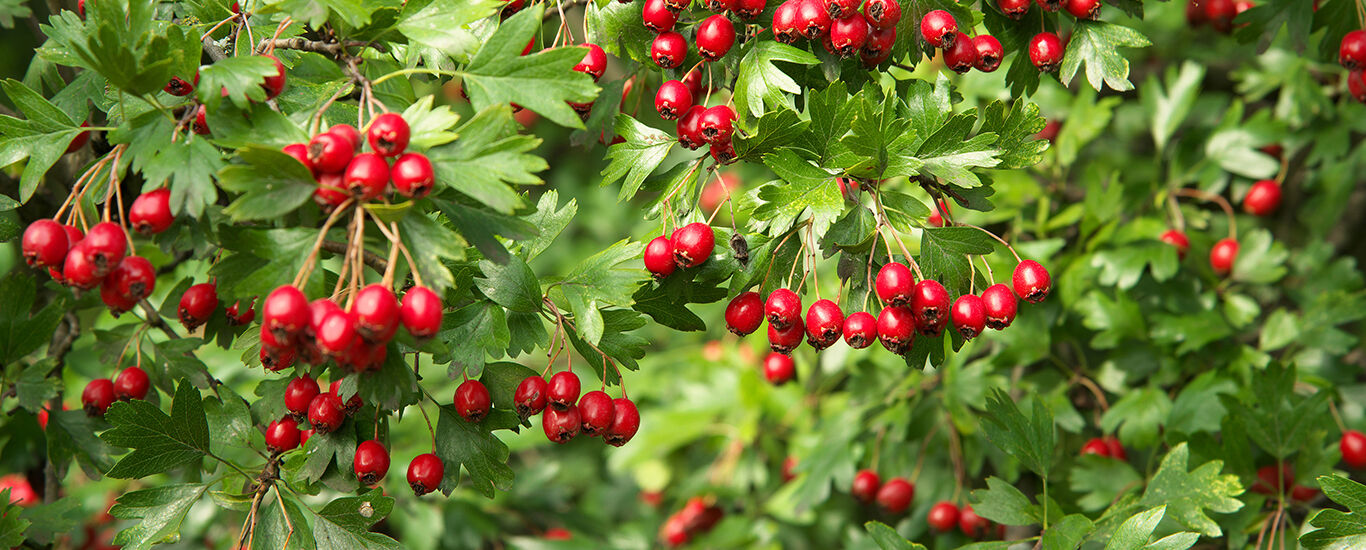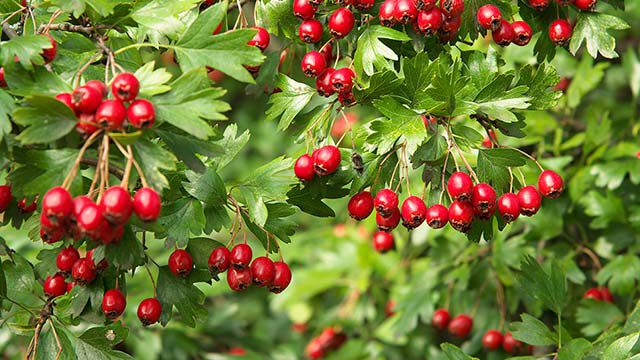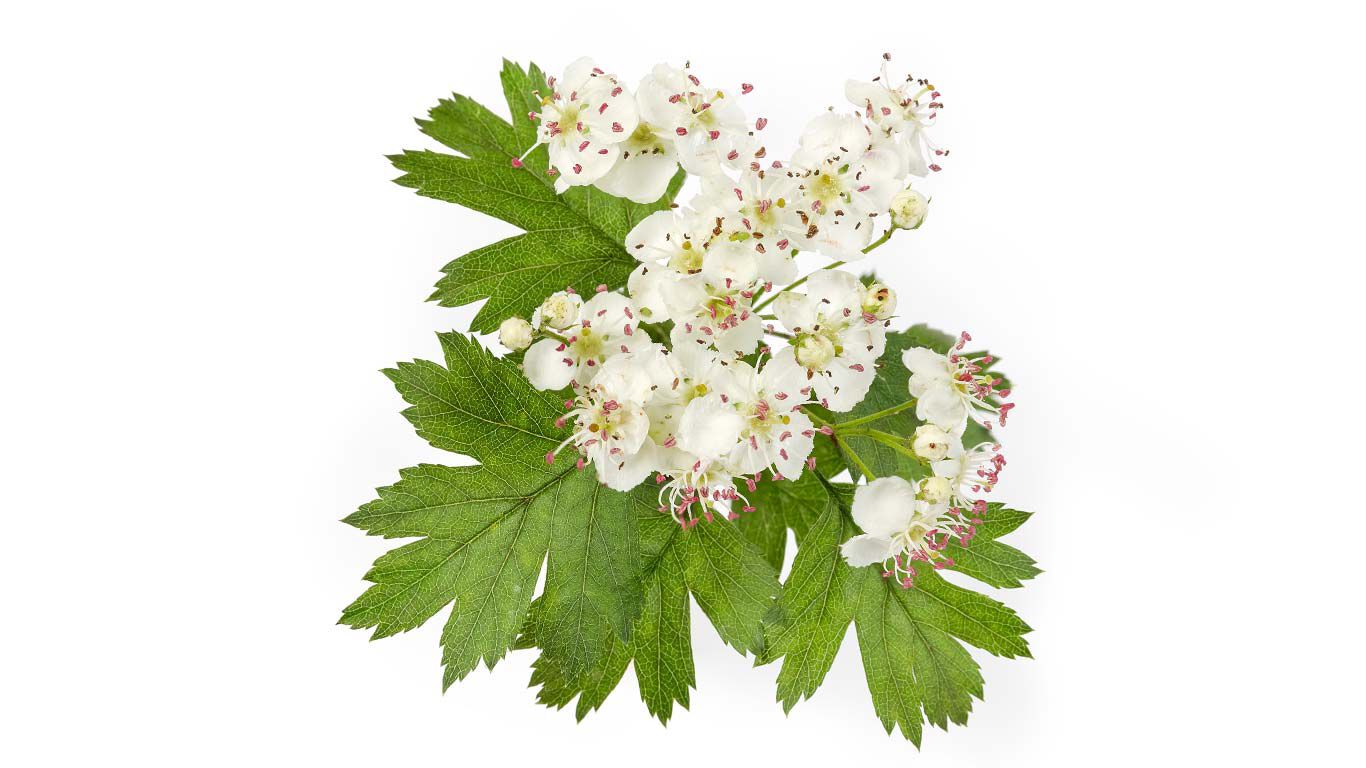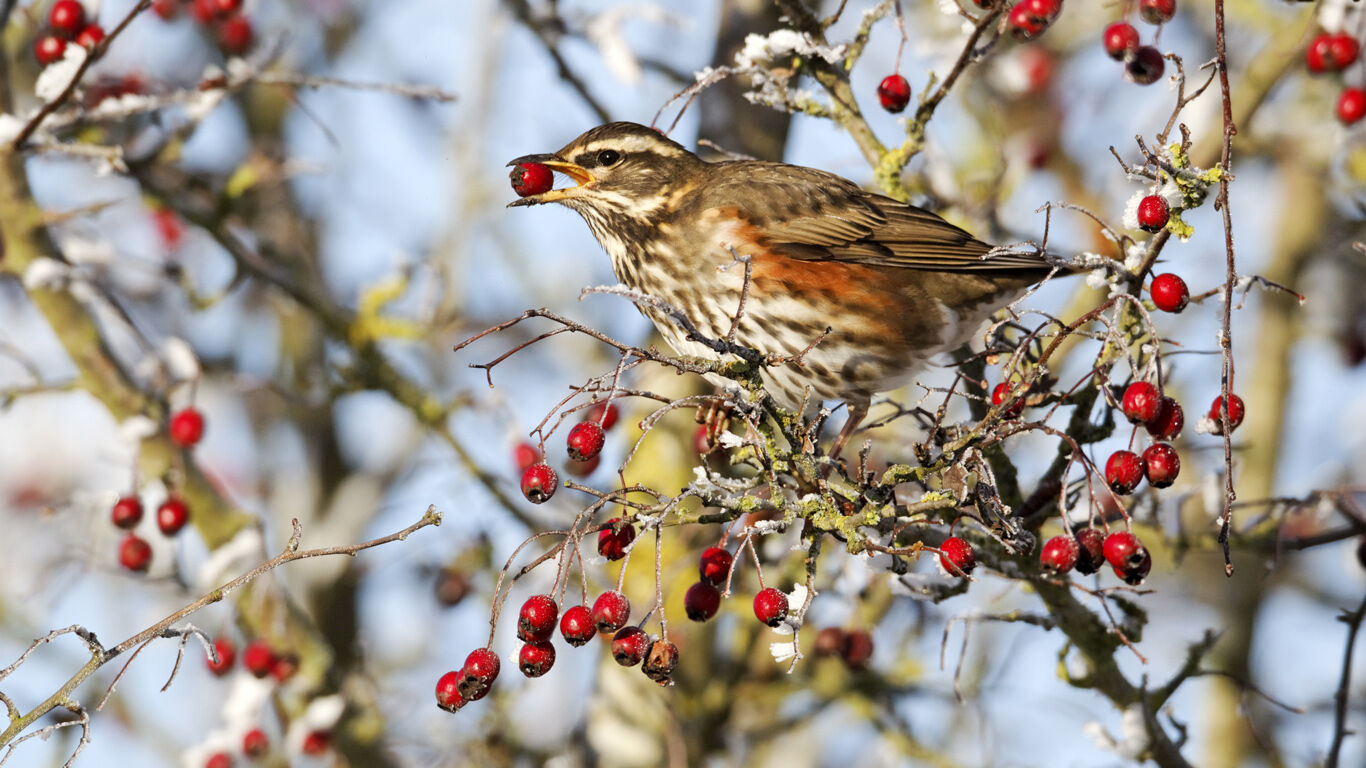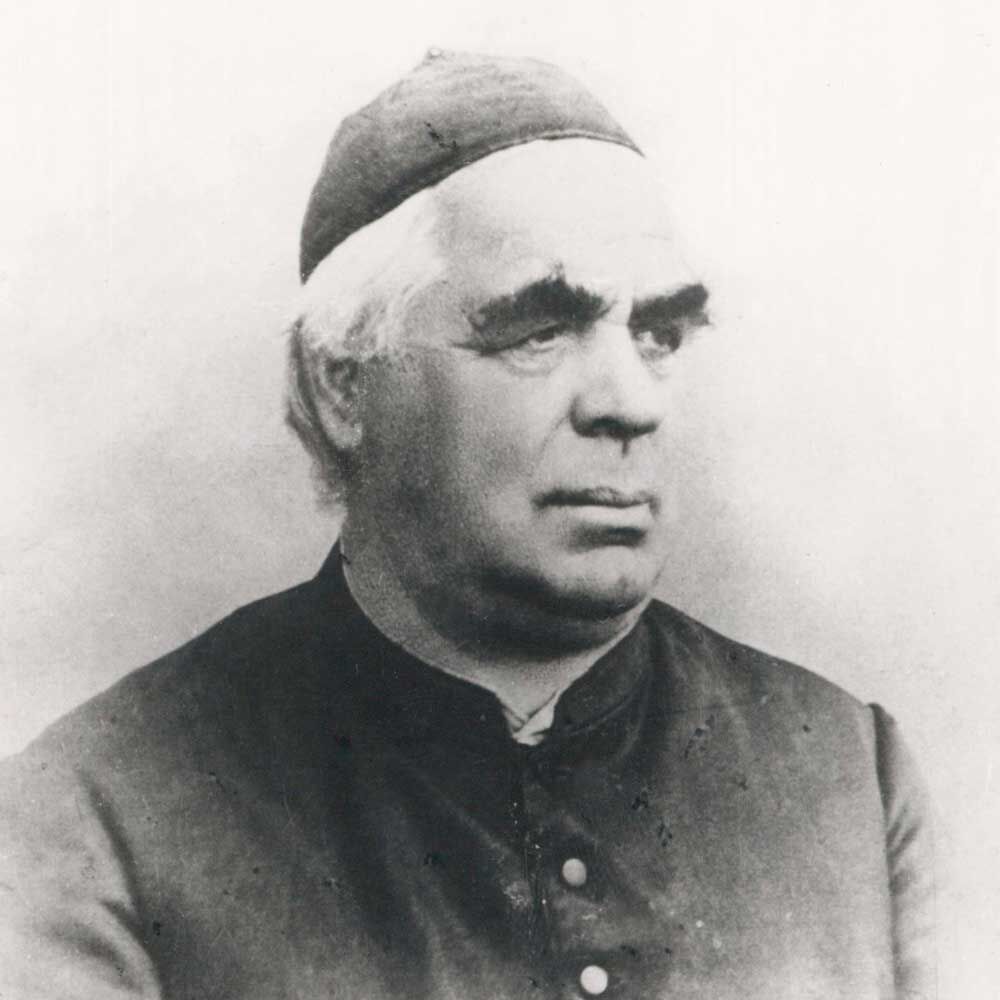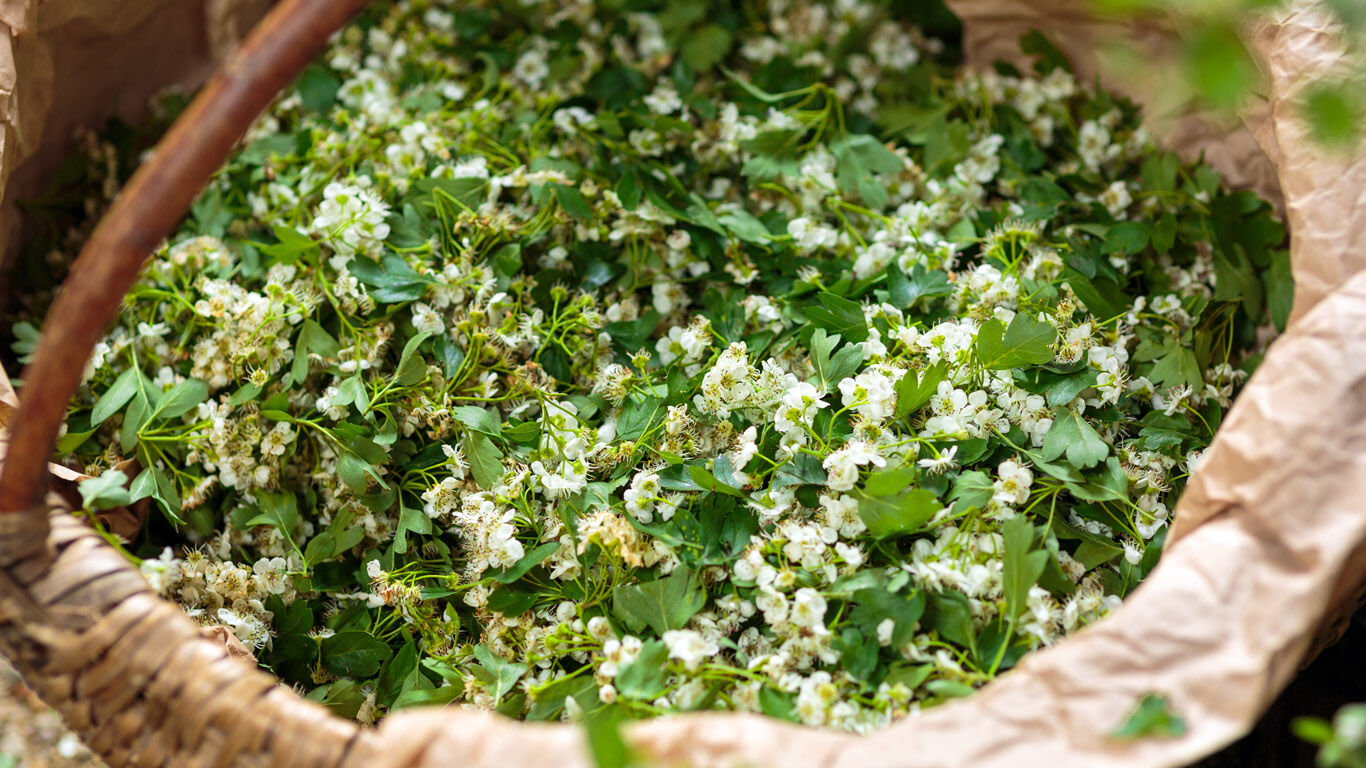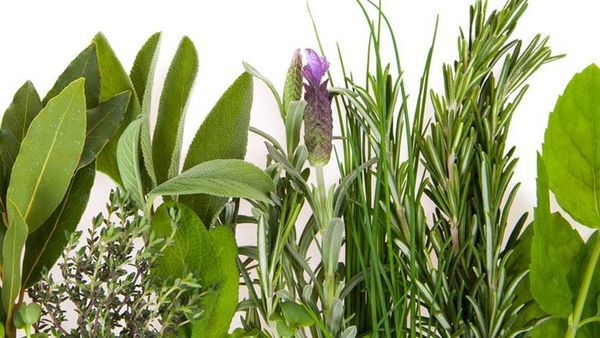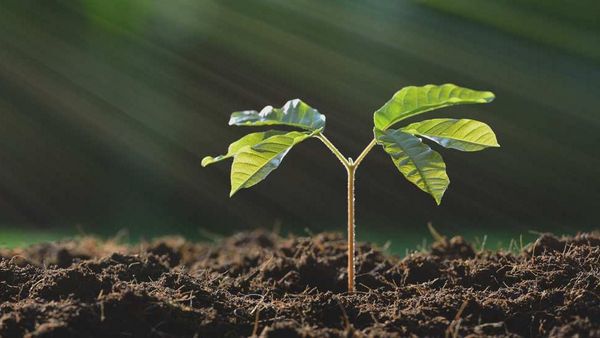Historical and folk use
Many daredevil knights and brave princes cut their teeth on it: In "Sleeping Beauty", the legendary hawthorn hedge ensured that no one could reach the enchanted princess for a hundred years. Even if the protagonists of the famous Grimm fairy tale would have liked to do without this protective function, the hawthorn was and still is considered the protective plant par excellence.
